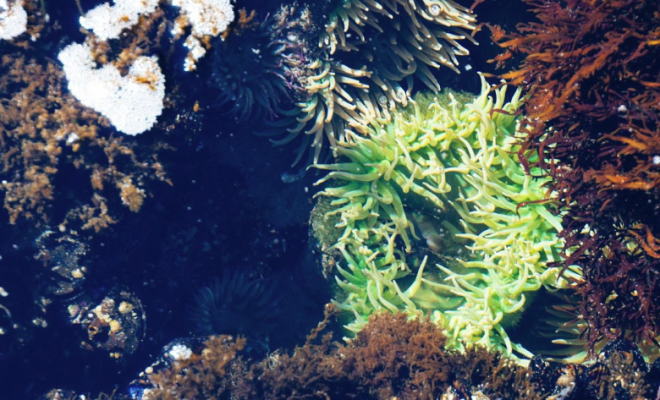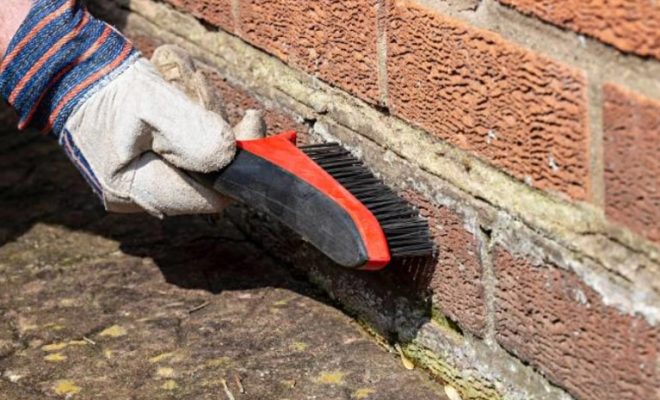Eco Friendly Custom Sea Moss Packaging Options That Strengthen Your Brand Image

Introduction
Customers care about ingredients and packaging. If your sea moss brand claims clean sourcing and natural processing, the packaging should reflect that. Eco friendly custom sea moss packaging can strengthen your brand while protecting product quality. But green claims must be backed by performance. This article explores practical sustainable materials and design choices that preserve freshness and boost brand credibility.
Why sustainability matters to customers
Consumers increasingly prefer brands that act responsibly. Choosing eco friendly custom sea moss packaging signals you are thinking beyond profit. It attracts a certain customer who values environmental impact and is willing to pay for it.
But credibility matters. Vague claims will be called out quickly. Use clear labels and verified materials to avoid skepticism.
Material options that work for sea moss
Several sustainable material choices provide both protection and environmental benefits. Recyclable PET and polypropylene with post-consumer recycled content are good for product visibility and barrier performance. Compostable films made from plant-based polymers are improving but must be tested for barrier strength when used with gels.
Paper-based cartons with inner barrier liners offer a premium look and can be recyclable if designed right. For dried sea moss, kraft-style pouches with a thin inner barrier combine earthy aesthetics with function.
Each material has trade-offs. Recyclable plastics often provide the best barrier; compostables score highest on sustainability. Choose based on your product’s shelf life needs and your customers’ disposal capabilities.
Design strategies to reduce waste
Minimalist packaging reduces material use and waste. Offer refill pouches instead of full rigid containers. A customer buys a jar once and refills from smaller, lighter pouches. This approach reduces plastic use and shipping footprint.
Also consider reducing inks and coatings that interfere with recycling. Use a single-material film where possible. If you must use mixed materials for barrier performance, make disposal instructions clear so customers know how to handle the package.
Labeling and transparency
If you use eco friendly custom sea moss packaging, tell people exactly what that means. Use clear icons, explain the material composition, and instruct customers how to recycle or compost. Verified certifications or material breakdowns on the package boost trust.
Avoid vague language like “eco” without details. Customers want to know whether a pouch goes in a curbside recycling bin or requires industrial composting.
Testing sustainable materials for performance
Don’t assume greener equals fragile. Test sustainable options for seal strength, puncture resistance, and barrier properties. For gels, ensure liners prevent leaks and oxygen ingress. For dried products, ensure humidity protection.
If a compostable film fails after a few days in a warm shipment, the environmental benefit is moot because the product is wasted. Performance must come first.
Supply chain and cost considerations
Sustainable materials can be pricier, and lead times can be longer. But volume and supplier relationships change the economics. Start with small pilot runs, measure customer response, and scale up as costs stabilize.
Also factor in brand value. A sustainable package that increases conversion and loyalty can offset higher unit costs.
Marketing the sustainable choice
Eco friendly custom sea moss packaging can be a differentiator. Use the package to tell a short story about sourcing, material choices, and disposal. Include a QR code linking to more details so customers can learn about your commitment without cluttering the front artwork.
Real stories about how packaging choices reduce impact resonate more than abstract claims.
Practical rollout tips
Start with one SKU. Test customer reactions and check return rates. Monitor how the new packaging performs in shipping and on shelves. Train customer service to explain disposal and benefits so messages stay consistent.
Collect metrics: returns, complaints, and social mentions. Use that data to decide if you expand the eco-friendly packaging across more SKUs.
Conclusion
Eco friendly custom sea moss packaging can elevate your brand and meet customer expectations, but it requires thoughtful choices. Match materials to performance needs, communicate transparently, and test thoroughly. When sustainability and product protection align, you win loyal customers and reduce environmental impact. That combination strengthens your brand and keeps quality front and center.
Leave a reply
You must be logged in to post a comment.
















